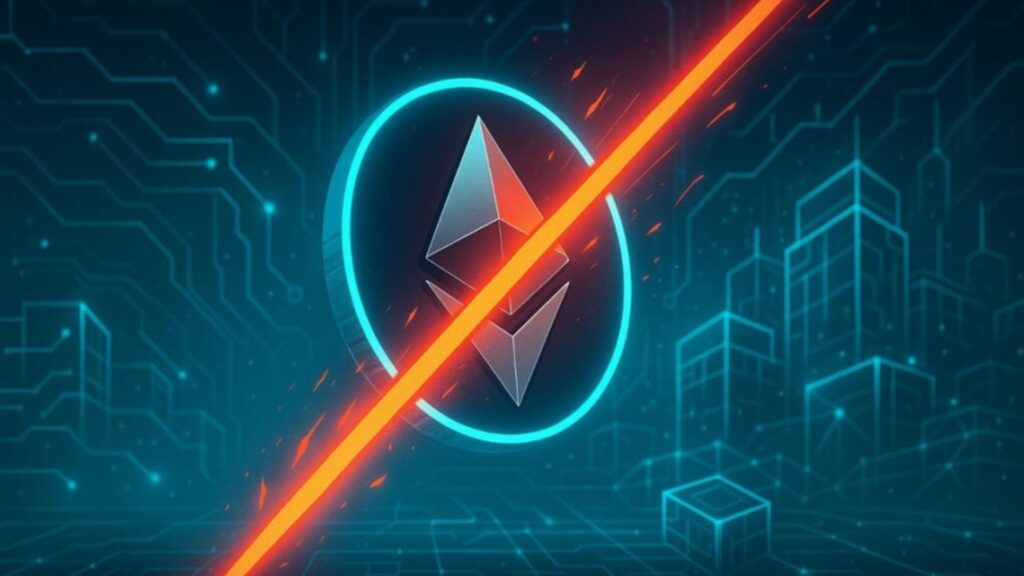
On September 10, Ethereum experienced a significant mass slashing event that penalized 39 validators for double-signing transactions, marking one of the largest correlated slashing incidents since the network’s shift to proof-of-stake in 2022. The penalties were triggered when distributed validator technology (DVT) nodes, connected via SSV Network, inadvertently produced duplicate signatures. Blockchain explorer Beaconcha.in data shows one validator staked with 2,020 ETH lost approximately 0.3 ETH, worth about $1,300 at current prices.
The event exposed vulnerabilities in validator infrastructure management and the operational risks faced by staking providers. Despite the protocol’s robust design, operator-side errors during routine maintenance and validator migrations led to conflicting attestations that activated Ethereum’s slashing mechanism, underscoring the importance of rigorous key-management practices for all validator operators.
Technical Failures Behind the Slashing
A post-mortem by SSV Network found that the slashing stemmed from external key-management errors rather than any flaw in the DVT protocol itself. The first incident involved a single validator, followed 90 minutes later by a larger cluster of 39 slashed nodes. One group was linked to the liquid staking provider Ankr, where routine system maintenance created conditions for duplicate signing. A second group involved validators migrated from Allnodes, where a secondary setup inadvertently caused clashes in blockchain views and duplicate attestations.
Ethereum core developer Preston van Loon explained that when validator keys run across multiple environments, nodes may process different chain heads, leading to conflicting attestations that the protocol treats as double-signing. This event highlights how even advanced distributed architectures cannot fully guard against human or operational misconfigurations.
Broader Market Context and Staking Pressures
The slashing coincided with mounting stress on Ethereum’s staking ecosystem. In August, over 699,000 ETH entered the validator exit queue, delaying withdrawals by up to 12 days and pushing the total pending unstake balance to more than 2.5 million ETH—an 18-month high. Institutional staking provider Kiln preemptively initiated an “orderly exit” from its validators on the same day, following a $41.5 million exploit of SwissBorg that targeted Kiln’s API vulnerabilities.
These developments amplified market uncertainty, as operators weighed the financial implications of slashing penalties against the rewards of staking. Validator exit queues and exit-related delays underscore the balance between network security and operational agility in Ethereum’s proof-of-stake framework.
Rarity and Implications of Ethereum Slashing
Since the Beacon Chain’s launch in 2020, fewer than 500 validators out of over 1.2 million active nodes have faced slashing, illustrating the mechanism’s exceptional rarity. Ethereum’s slashing design imposes immediate ETH penalties alongside inactivity leaks, and slashed validators must remain online until automatic exit, after which they cannot rejoin without new keys and stakes.
This incident underscores the financial and security risks inherent in validator operations. As Ethereum continues to scale its proof-of-stake model, operators must prioritize meticulous infrastructure management, thorough testing of migration procedures, and robust monitoring to prevent similar large-scale slashing events.
Sources:
- Coindesk: “Ethereum rare mass slashing event linked to operator issues” (Coindesk)
- CoinCentral: “39 Ethereum validators slashed in rare mass penalty due to errors” (CoinCentral)
- Yahoo Finance: “Ethereum rare mass slashing event” (Yahoo Finance)












